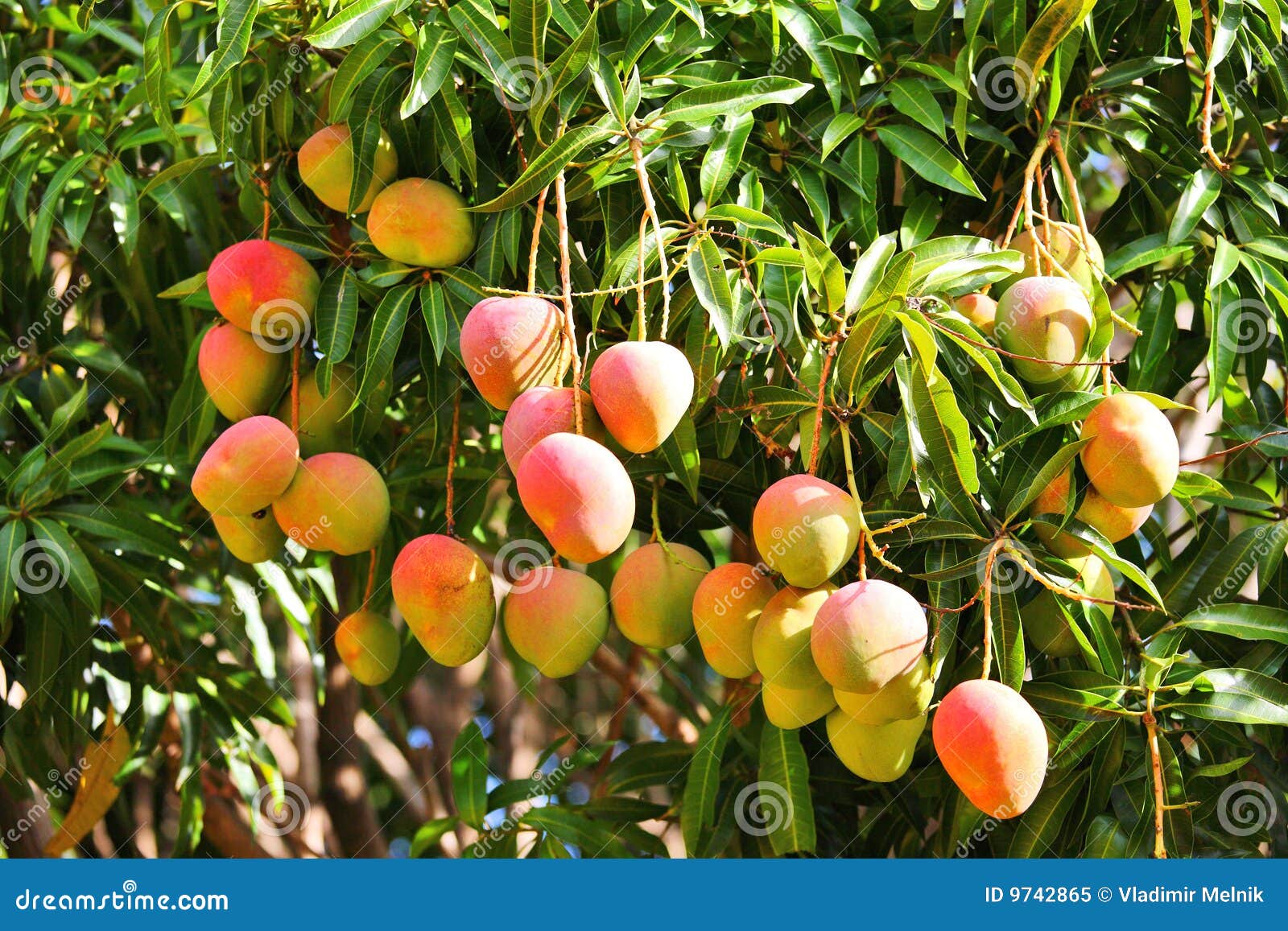

The upright branches that are removed during pruning must be converted and reused as mulch. Thereafter, fertilizers containing nitrogen, potassium, and phosphorus must be used for promoting foliage and flower production. You must decrease the frequency of watering the tree during the winter season and water the mango plant every two weeks.ĭuring the first two years, only organic fertilizer must be used. Once the second flush or set of leaves appear, the watering must be reduced to twice a week. After planting the sapling, the plant must be watered every other day for the coming 2 weeks. The root ball should be kept moist but never waterlogged. It will not grow in stagnant water and requires well-drained soil. Watering and FeedingĮven though this tree is drought tolerant, it appreciates moisture but cannot tolerate wet feet. Make sure the root ball is a couple of inches above the soil and a slightly hollow berm is made around the tree for retaining moisture. Backfill the soil with part organic compost and some peat moss. The optimum soil range should be between pH 5.5-7.5. The root ball must be placed into a four inch hole along with a fresh layer of fertilizer. The container must be cut from the sides and bottom in order to extract the root ball. While replanting a mango plant, remember to never pull the plant by the stem because the sudden jerk will shock the roots, thereby killing it within a few days of planting. In case of a tree grown from seed, the sapling must be transferred from its container as soon as it is 3 feet tall and before the second batch of leaves appear. MangoesĪ mango tree does not like to be moved often, so choose its spot wisely by keeping in mind its eventual size and spread. In areas where the temperature become nippy during dawn and dusk, the flowers may be clipped until the weather stabilizes and becomes conducive for the fruits to form. Sometimes, the panicles may need to be pruned as well, so as to prevent the fruits from appearing sooner than required. Such trees must be pruned and provided more feed, in order to ensure that the trees bear flowers and fruits for the coming season as well. Trees that have produced excessively during the previous season must be provided extra care. The flowers are whitish-cream, small, and five-petaled. The flowers crowd the branches and are terminally panicled and 4.0-15 inch long inflorescence. The flowers bloom in December or January and remain until early April. Mango flowers are also pollinated by various insects and birds, such as bees, hummingbirds, fruit bats, and butterflies. Of these hundreds, only a few flowers develop into fruits. Flowers are borne from inflorescence, consisting of self-pollinating hermaphrodite and male (monoecious) flowers that bloom simultaneously.


 0 kommentar(er)
0 kommentar(er)
